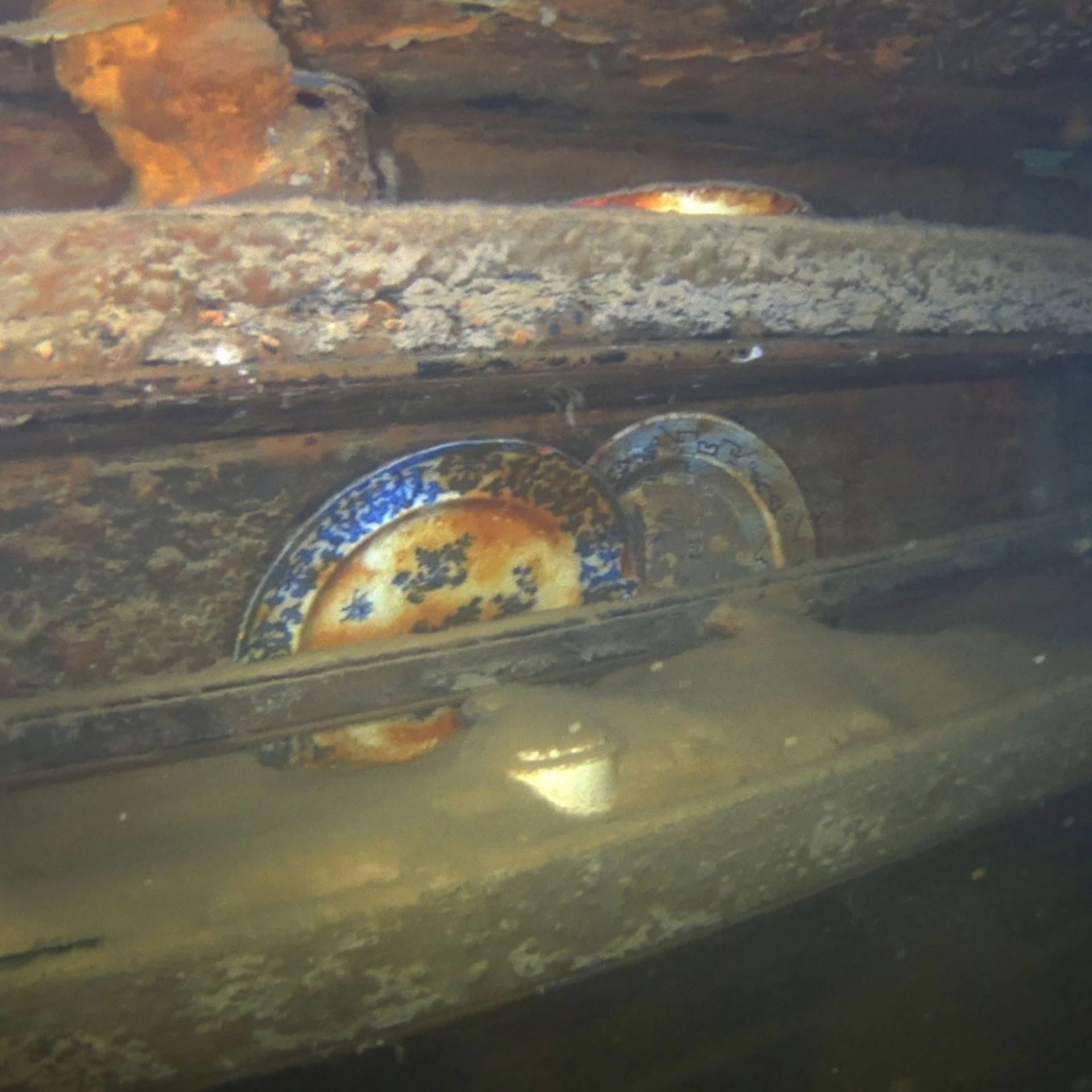Archaeological breakthrough: astonishing discovery of an Arctic shipwreck ‘frozen in time’
In 2016, a well-preserved wreck was discovered off King William Island in the far north of Canada, which was later identified as one of Sir John Franklin’s lost ships from his 1845 expedition to the Northwest Passage. However, it wasn’t until 2019 that experts began to thoroughly study the vessel. The lead archaeologist, Ryan Harris, who worked on the project, stated that the ship was remarkably intact and that they were able to explore 20 cabins and compartments, going from room to room.
Inside the ship, they found dining sets, beds, desks, and scientific instruments, all well-preserved and seemingly in order. Additionally, there were hints that journals, charts, and possibly even early photographs could be preserved under the sediment covering much of the interior.
The cold water, darkness, and blankets of sediment in the ship created a near-perfect anaerobic environment that is ideal for preserving delicate organics, such as textiles or paper. Harris stated that there is a high probability of finding clothing or documents, some of which may still be legible, and rolled or folded charts in the captain’s map cupboard could have also survived.
The team was unable to access much of the below-deck area except for the captain’s sleeping quarters, but the expedition provided researchers with clues to build a timeline for the disaster.
The fact that the ship’s propeller was still in place and deployed suggests that it was likely spring or summer when the ship sank. Additionally, some of the skylights were boarded up, indicating that they would have been protected against winter snows. Although there are undoubtedly more answers lying beneath the sediment in those cabins, Harris feels confident that they will eventually get to the bottom of the story.
Hits: 2



